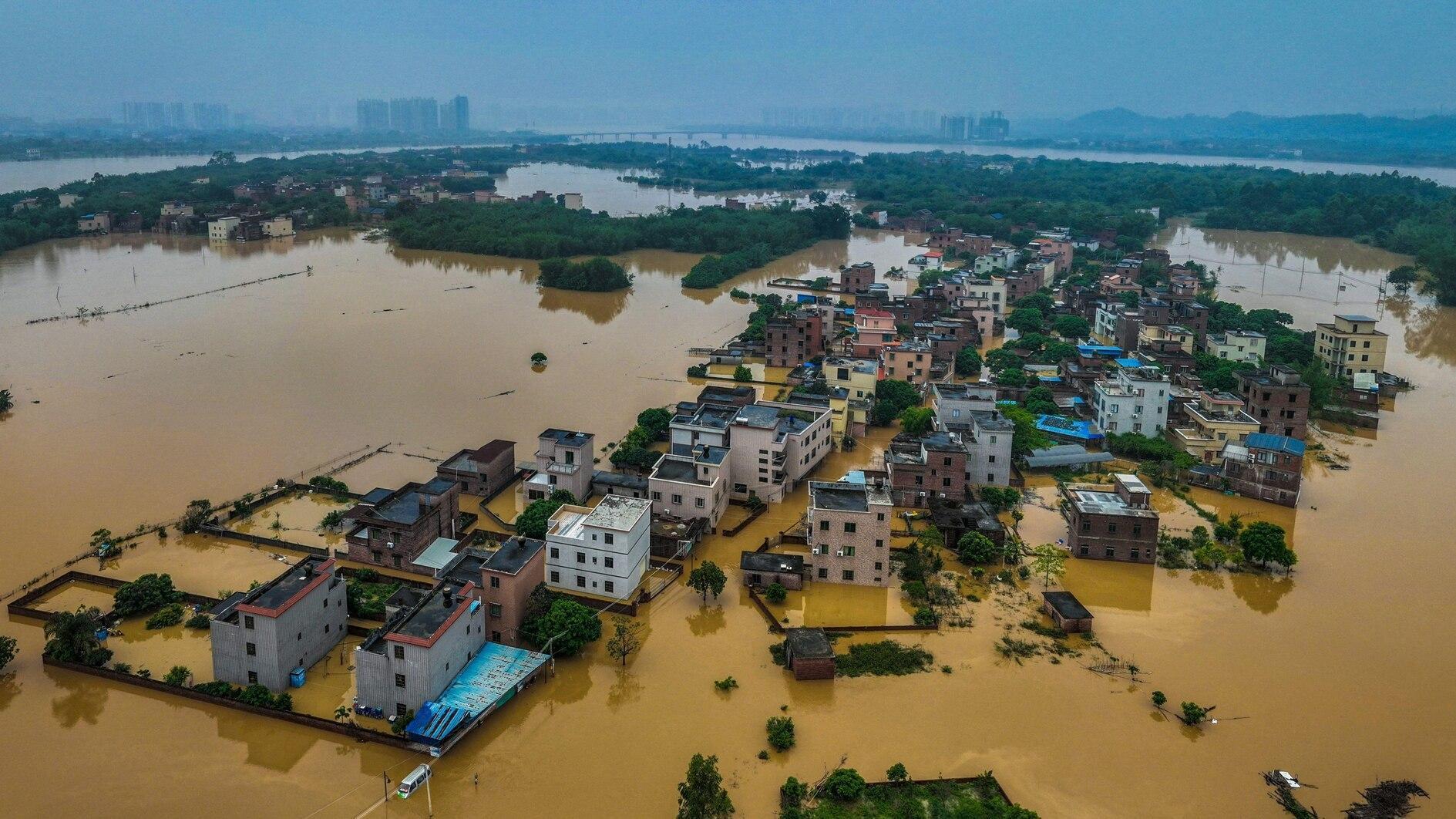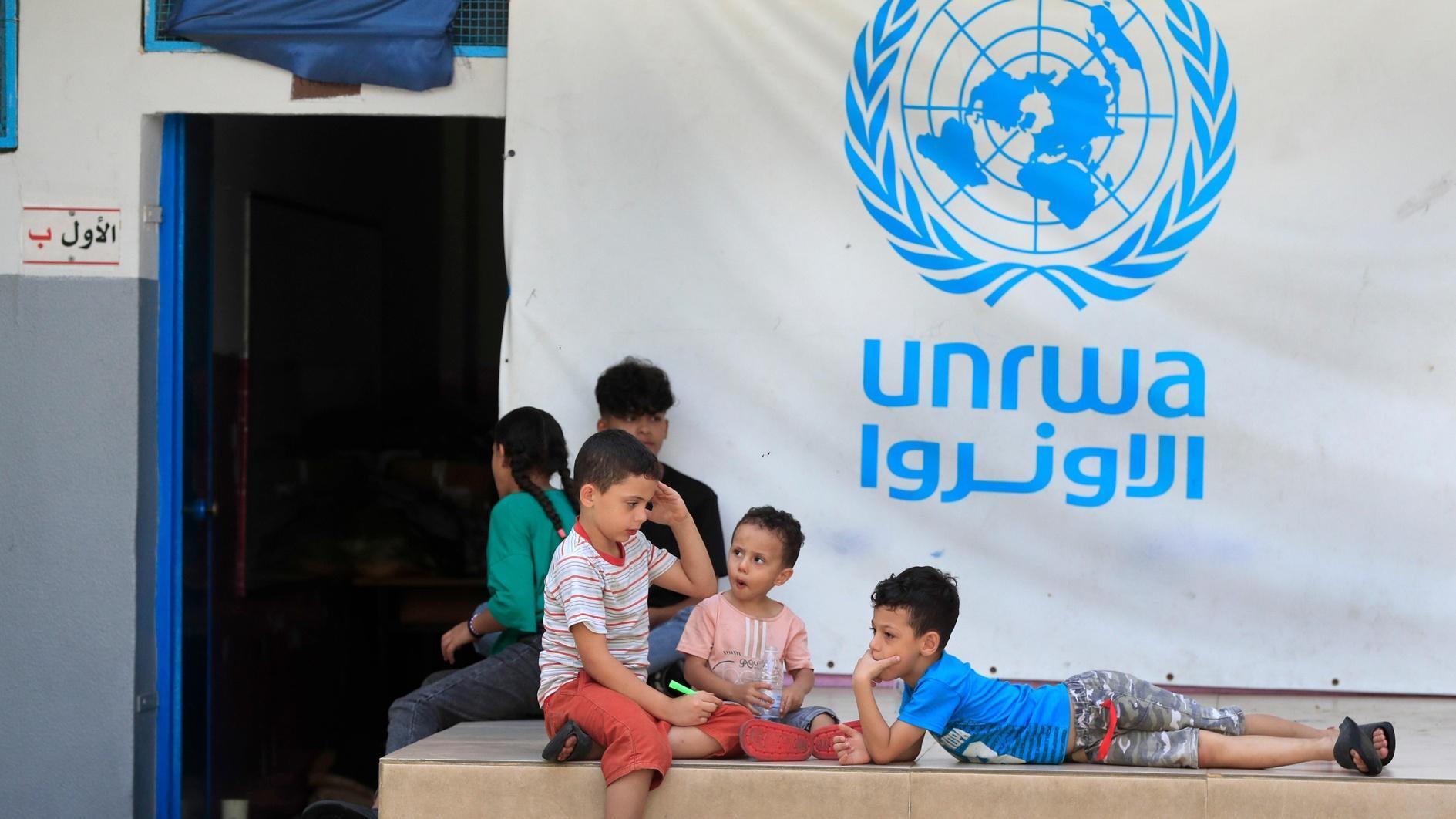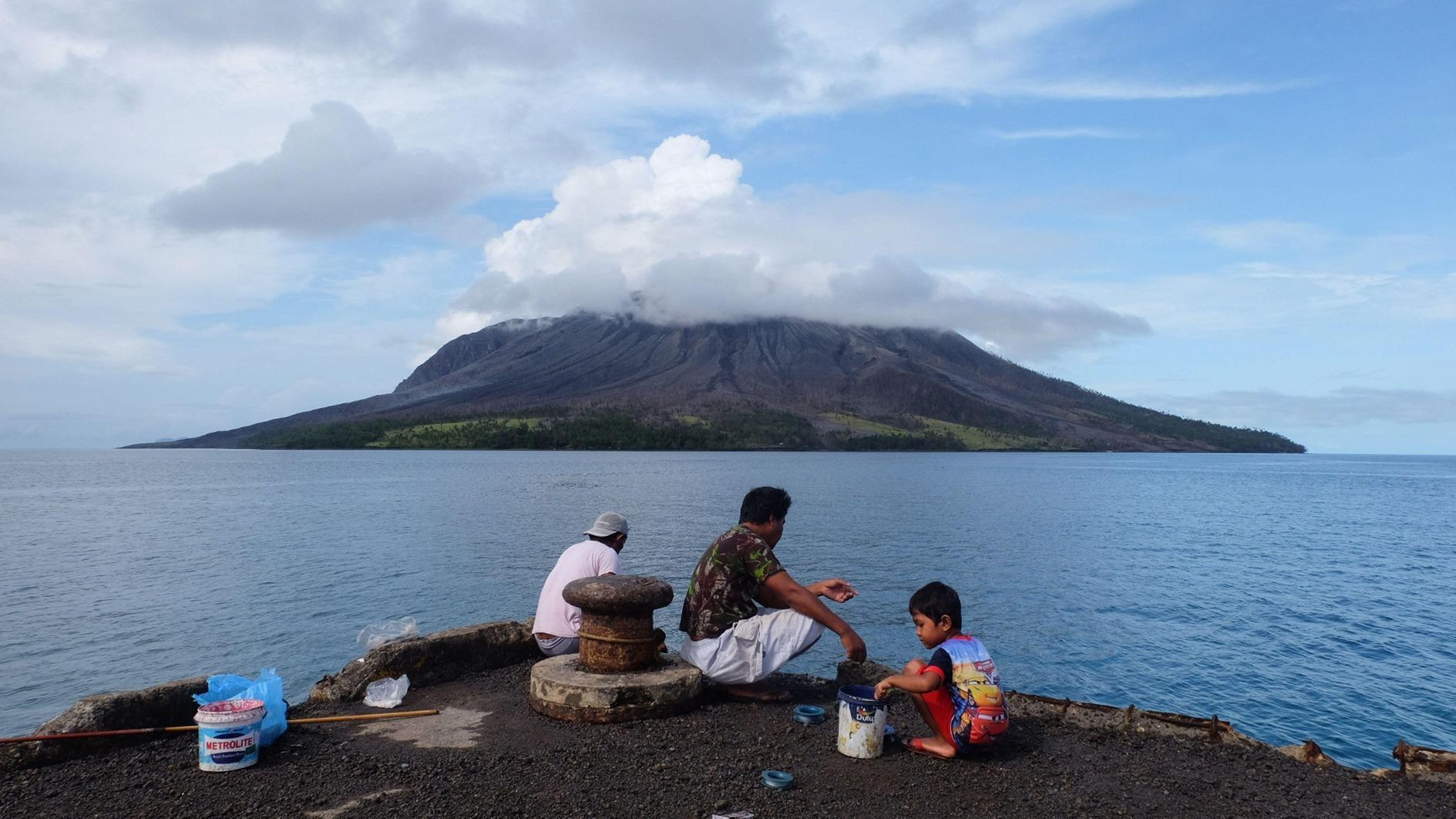Rethinking how homes are built in Turkish regions
Wilco van Herpen Hürriyet Daily News

When you visit a Turkish village one can still find quite a number of the beautiful old, quality houses that were once built in Turkey. Photo by Wilco VAN HERPEN
It is almost summer again and the air-conditioning and ice-cream factories are working full speed. I am not a big fan of the first, but I do love the second.So what’s the big deal you might wonder? The thing is modern 21st century technology and old knowledge. Nowadays, we think we know it all and have a solution for everything, but I question whether we really do. One of the things I don’t like is the incredible amount of dams being built in Turkey. Of course, Turkey is a big country and needs water for agriculture, for use by the people living on the land, for the industry and for the millions of tourists that visit Turkey every year. But Turkey also uses its water to create energy which is the point that bothers me a bit. Of course we need energy, but nowadays we are such a consuming society.
When I went on the road let’s say 25 years ago I had to buy film, a lot of film and some batteries. Nowadays when I travel I take my laptop, my cameras, my mobile phone, and for all those things I need chargers. Every night I have to charge my equipment and for that reason I need electricity. So the Turkish government, along with the coal heated electricity companies that have started making hydraulic energy plants and windmills to create energy, have been so kind to help me keep my electronic gadgets charged.
Slowly I’m getting to the point. Let’s now jump to Hasankeyf. I am not going tell you again that we have to save Hasankeyf. We really do need to, but that’s a different story. If they really finish the dam in Hasankeyf, it and the Hydraulic central will only be able to provide Turkey with two percent of the energy the country needs. So why do we need hundreds and hundreds of hydraulic plants? I think we can do with much less.

Wilco VAN HERPEN photo
Actually there is. Nowadays the houses, villas and apartments we build are all made of concrete and thin bricks that don’t provide any isolation at all. It is not practical, it is not aesthetic (most of the time) and it is not healthy. When you visit a village in Turkey you can still find quite a number of the beautiful old, quality houses that used to be built in Turkey. Think about places like Safranbolu, Şirince, Alaçatı, Beypazarı and Cumalıkızık. In old villages there are definitely some quite old houses which you can visit if you politely ask the permission of the house’s owner. When you visit the houses on the Black Sea coast you will see that they are so different from the houses along the Mediterranean and when you go to the South East you again find a different kind of architectural style. There is, of course, a reason for this.
First of all the houses people made back then had to be practical. In Holland we generally built our farms as one building with the stable attached at the side of the house or we would build them separate from the house. In many of the villages in Turkey though people built the stable under their home and there is a very logical reason behind this. The stable, with all its animals in it, is of course warmer than the outside. In wintertime the animals that stayed in the stable heated the house above by a few degrees. A couple of degrees might not be much to you, but it makes a big difference during wintertime.
Another very practical thing the “old” Turks did was build their homes from cob or natural stone. Walls built sometimes as thick as 1 meter became isolators. During the summertime those walls kept the heat out. It is always nice to visit such an old house in the summertime as they are definitely much cooler. During the day the sun heats up the wall and stores the warmth in the thick walls. During nighttime when the temperatures drop the walls slowly give the warmth to the building. During wintertime though, those houses kept the warmth inside the house. The heater in the house would not only heat up the house, part of the heat would be stored in the walls and during night time when there is nobody around to put new wood on the fire the walls would give the heat back to the house. During the daytime the weak winter sun would also help you heat up your home as all its energy would be stored in the walls and spread slowly to give this heat to your house as well. For that reason people did not need an air-conditioner, the house itself created a nice balance between warm and cold.
I think we have to be more careful about what we are doing and how we are going about things. I know it is almost impossible in Turkey to make all the houses in the same style as older buildings. A big increase in the population makes it almost impossible to realize this. But a lot of people have a second (summer) house in Turkey and I think that we can change at least that part of the living philosophy. Build a house like your grandparents made. If I have a chance one day I want to build my own house on a nice piece of land and I’ve already decided what kind of house it is going to be. I am going to make my own cob house in which I am going to be happy and old in, and it is definitely going to be a house without an air-conditioner.
















